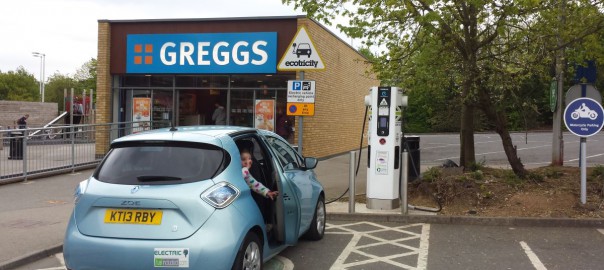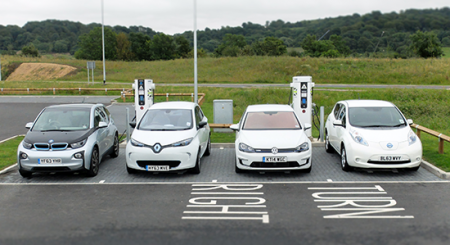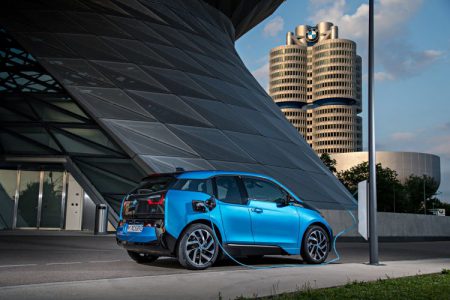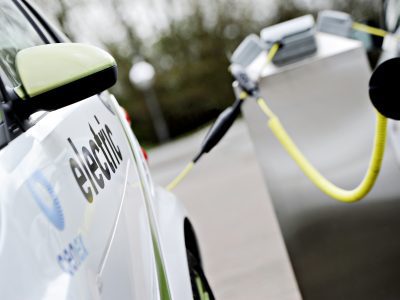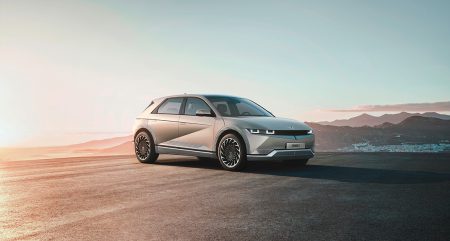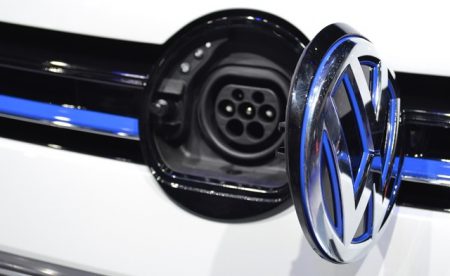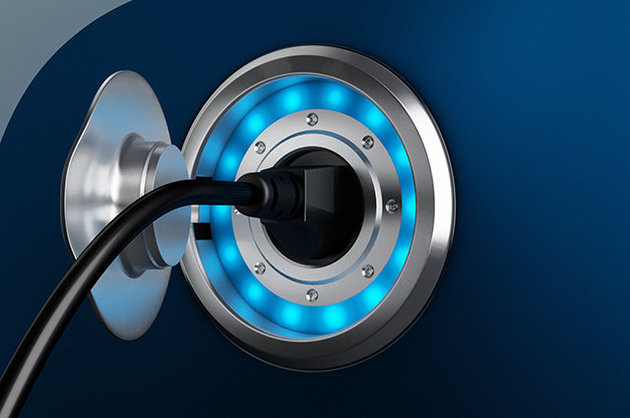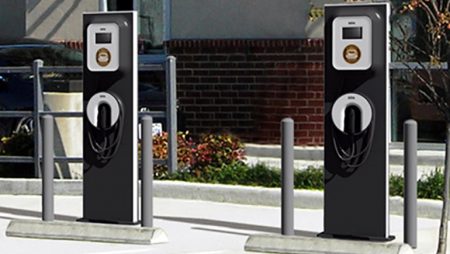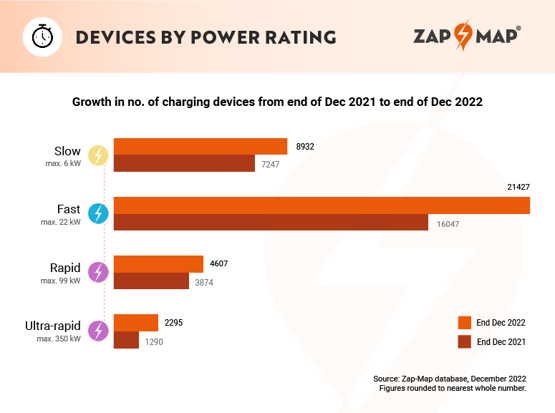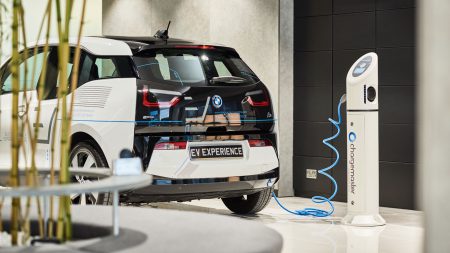Middle-class households will need incentives to buy used EVs in order to meet climate targets.
That’s according to Auto Trader, which says the government is falling short on making the uptake of used cars, particularly used ones, attractive, unlike abroad.
Used EV demand is said to be dropping thanks to increasing electricity prices, and the cost of used EVs, especially luxury ones, has dropped, with The Times reporting the average price of a used Jaguar I-Pace, pictured, to have decreased by 14.6 per cent in a year, while the Tesla Model X is down by 12.1 per cent.
Meanwhile, the price of a used Nissan Leaf has gone down by 1.6 per cent, while the cost of a Smart ForTwo has dropped by 1.3 per cent.

A working group has been set up by the Office for Zero Emission Vehicles to look at the used EV market, including how to stimulate demand, and Auto Trader warns in a report that ‘with supply ahead of demand, the used electric vehicle market needs urgent attention to address the imbalance’.
Auto Trader brand director Marc Palmer was quoted by The Times as saying: ‘What we really need is more mainstream demand.
‘We need middle-income households to be able to access electric cars and to be reassured electricity is OK.
Read more: CarDealer
It’s Time to Go Green!
If you would like to know more about Solar Panels and the PowerBanx range of home battery systems, and get a free instant quote, please complete our online form:


